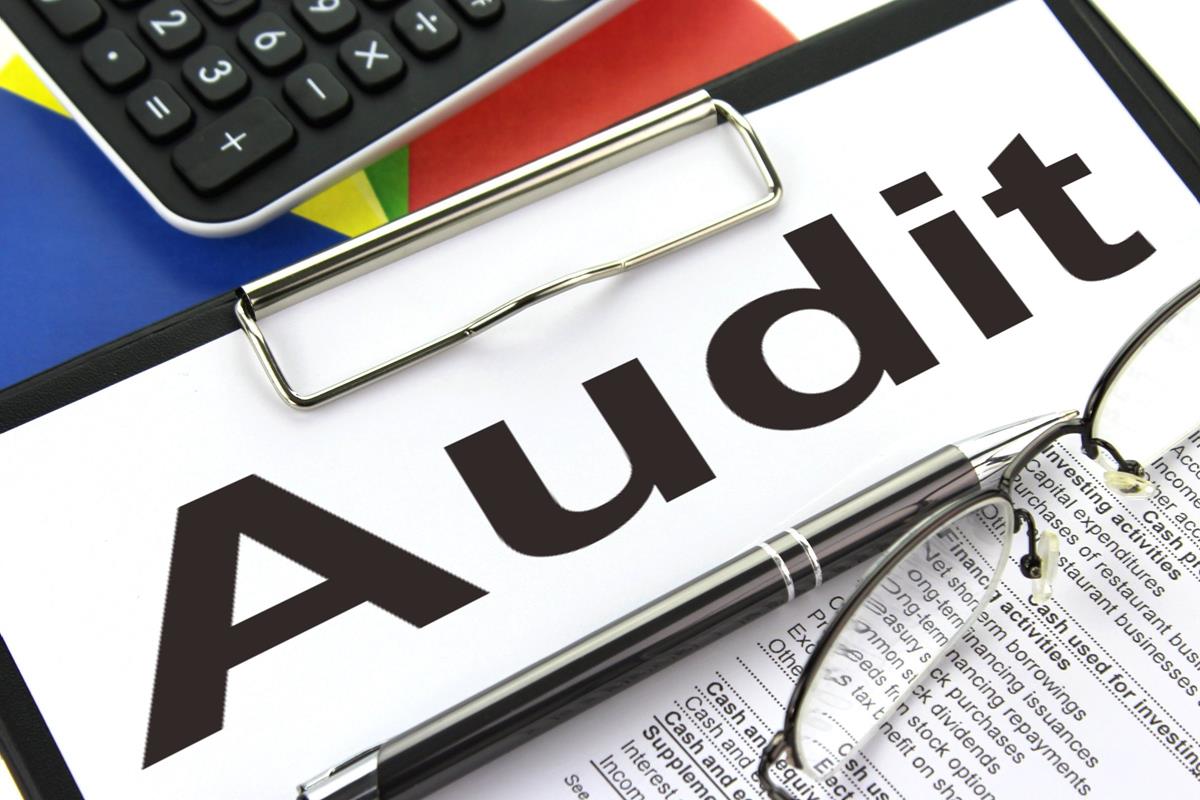Discuss the difference between tests of controls and substantive procedures
In the realm of auditing, two fundamental types of procedures are utilized to assess the reliability of financial information and ensure compliance with accounting standards: tests of controls and substantive procedures. While both serve the overarching goal of providing reasonable assurance regarding the accuracy and completeness of financial statements, they differ in their objectives, scope, and execution. This article aims to elucidate the distinction between tests of controls and substantive procedures, highlighting their respective roles in the audit process and their contribution to enhancing audit effectiveness and reliability.
Tests of Controls:
Tests of controls are procedures performed to evaluate the effectiveness of internal controls implemented by an organization to prevent, detect, and correct errors or irregularities in financial reporting. The primary objective of tests of controls is to assess the design and operating effectiveness of internal control systems in mitigating risks and ensuring the integrity of financial information. These procedures are typically conducted to provide assurance that internal controls are operating as intended and that any deficiencies or weaknesses are promptly identified and remediated.
Key Characteristics of Tests of Controls:
Assessment of Internal Controls:
Tests of controls focus on evaluating the design and implementation of internal control systems, including policies, procedures, and mechanisms established by management to achieve specific objectives related to financial reporting.
Sampling Approach:
Auditors select a sample of transactions or activities to test the effectiveness of internal controls. This sampling approach allows auditors to assess the consistency and reliability of control processes across different transactions and business cycles.
Nature of Procedures:
Tests of controls involve inquiries, observations, walkthroughs, and document reviews to assess the design and operating effectiveness of internal controls. Auditors seek evidence to confirm that controls are operating consistently and that any deviations or exceptions are promptly identified and addressed.
Reliance on Internal Controls:
The results of tests of controls influence the extent to which auditors can rely on internal controls as part of their overall audit strategy. Effective internal controls provide a basis for reducing the extent of substantive testing required to achieve audit objectives and provide reasonable assurance regarding financial statement reliability.
Substantive Procedures:
Substantive procedures are substantive testing procedures performed to obtain direct evidence about the accuracy and completeness of specific account balances, transactions, or disclosures reported in the financial statements. Unlike tests of controls, which focus on evaluating internal controls, substantive procedures aim to directly test the existence, accuracy, and valuation of account balances and transactions.
Key Characteristics of Substantive Procedures:
Evaluation of Financial Statement Components:
Substantive procedures focus on verifying the accuracy and completeness of financial statement components, including assets, liabilities, revenues, expenses, and disclosures. Auditors conduct substantive testing to obtain sufficient appropriate evidence to support the amounts and disclosures reported in the financial statements.
Detailed Examination:
Substantive procedures involve detailed examination and analysis of individual transactions, account balances, and supporting documentation. Auditors perform substantive testing to identify errors, misstatements, or discrepancies that may affect the reliability of financial information.
Extensive Testing:
Substantive procedures typically require extensive testing to provide assurance regarding the accuracy and completeness of financial statement components. Auditors may perform analytical procedures, substantive analytical procedures, tests of details, and external confirmations to obtain sufficient evidence to support their audit conclusions.
Independent Verification:
Substantive procedures aim to independently verify the accuracy and validity of financial information reported in the financial statements. Auditors seek corroborative evidence from external sources, third parties, and independent sources to confirm the reliability of financial statement components.
Conclusion:
In summary, tests of controls and substantive procedures are two distinct types of audit procedures employed by auditors to assess the reliability of financial information and ensure compliance with accounting standards. While tests of controls focus on evaluating the effectiveness of internal controls in mitigating risks and ensuring the integrity of financial reporting processes, substantive procedures aim to directly test the accuracy and completeness of specific account balances, transactions, or disclosures. By understanding the differences between these two types of procedures and their respective roles in the audit process, auditors can develop comprehensive audit strategies, obtain sufficient appropriate evidence, and provide stakeholders with assurance regarding the reliability of financial statements.
